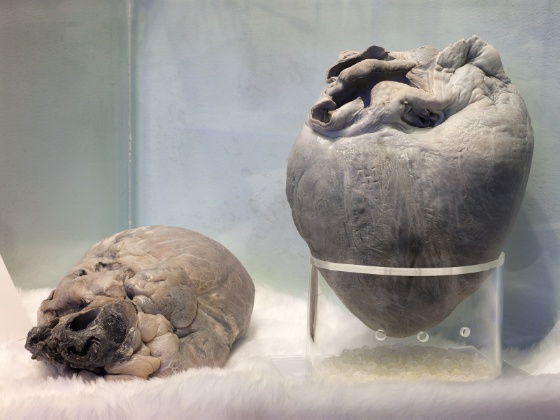CircumPolar Gender
The CircumPolar Gender Network is based on the conviction that gender is one of the keys to an understanding of both polar history and the contemporary cultural and natural processes in which the circumpolar Arctic plays an important part.
| Monument of Wanny Woldstad in tape, 2012 |
The Project
In recent years the vircumpolar high Arctic has been undergoing rapis dramatic changes in its physical state, as well as in the ways it is represented and perceived. Because the melting of the polar ice is taken both as a warning of ecological risks and as a promise of economic opportunity in terms of transportation (goods and tourists) and resources (mostly energy, but also minerals, food and genetics) that may possibly be the cause of international conflict, the Arctic is moving frome the extreme margin to the centre of global conciusness.
From a natural-science perspective the polar areas are viewed as laboratories for reaseach on climate change, sustainability and the management of biodiversity, while there has been an expansion of social-science research in such fields as geopoliticsm indigenous cultures and tourism develeopments in the high Arctic. At the same time, there is a growing reseach interest in the history of the Arctic and polar explorationm and in the Arctic as discursive formation (in ethnography as well as literature, film, and visual art). However, with very few exeptions there has been no extended emphasis on gender in this research. Moreover, there has been very little communication between different disciplinary approaches to studies in the Arctic. Finally, most of the existing research has been national or regional in orientation.
 |
| The heart of a Polar bear, Photo: June Åsheim, The Polar Museum, UIT |
The Purpose
The CircumPolar Gender network aims at bringing together an international and interdisciplinary group of researchers from the natural sciences, social sciences and humanities to investigate the meaning and constructions of gender in a polar context and the practices of gender in the high Arctic, from a circumpolar perspective. The purpose is to create a meeting place in which interdisciplinary research questions may be formulated and perspectives shift, and where it will be possible to create synergies by working across different disciplines.
Network Participants
The CircumPolar Gender Network will be based in Tromsø, at the Polar Museum, which has recently (2010) been incorporated into the Tromsø University Museum (TMU), and coordinated by its director, Dr Lena Aarekol (history). While in the past there has been no research activity at the Polar Museum, its ambition now is to become a nodal point in Norwegian polar research, and the establishment of the CircumPolar Gender Network is integral to this process. The director of TMU, Marit Anne Hauan (folklore), will be a member of the steering group, together with Dr Elisabeth Isaksson (glaciology) at the Norwegian Polar Institute in Tromsø and professor Anka Ryall (literature and gender studies), leader of the Arctic Modernities interdisciplinary research project located at Kvinnforsk – Centre for Women's and Gender Research at University of Tromsø (UiT) The Arctic University of Norway (https://uit.no/forskning/arcmod). Together they will represent the network's interdisciplinary core group.
Medlemmer